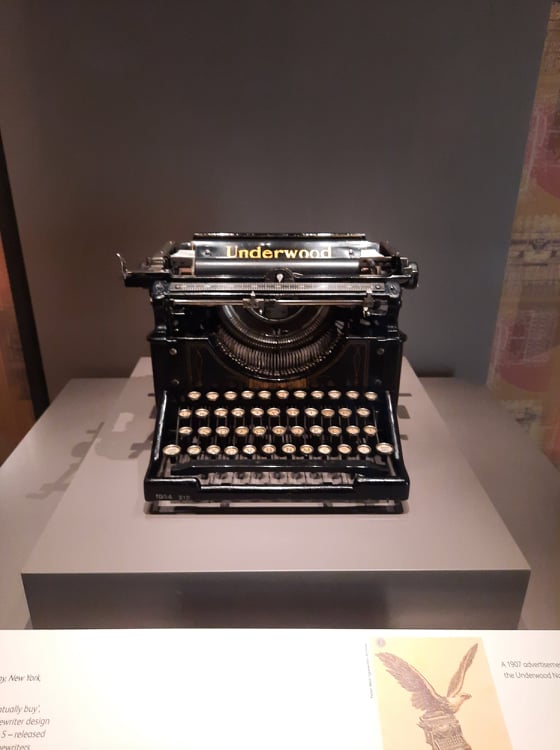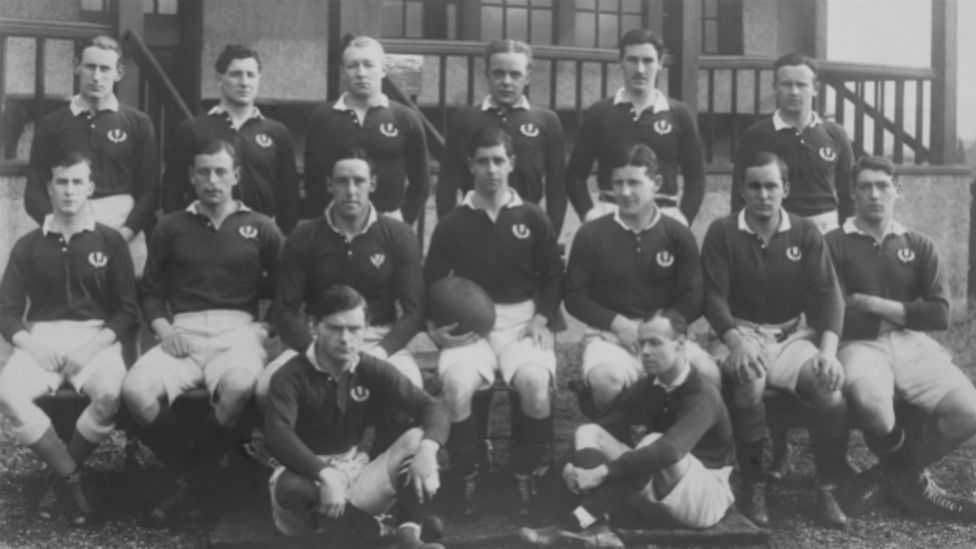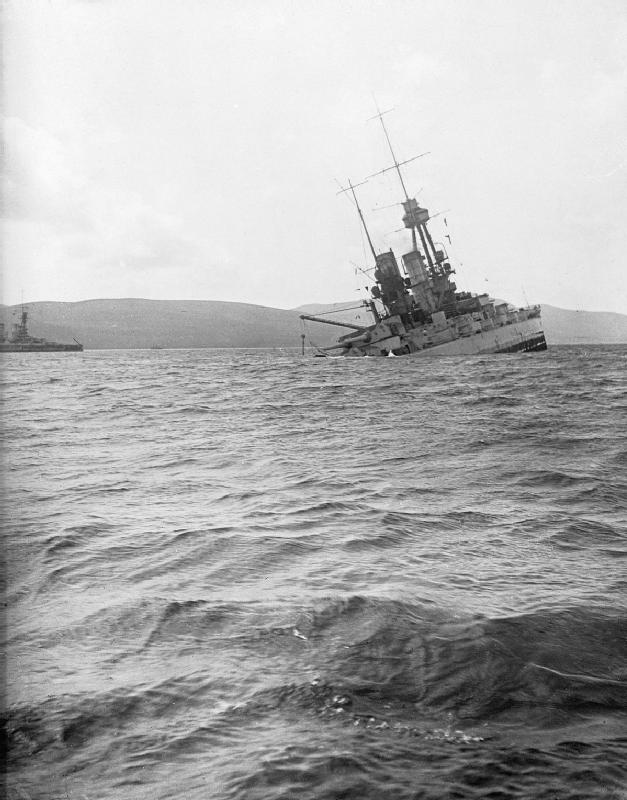
Balranald House
We’ve just returned from another wonderful holiday in North Uist, in the Outer Hebrides. This time the cottage we were staying in was a beautiful conversion of outbuildings once belonging to Balranald House. From one of the windows we could see Balranald House, built in 1832, which was the home of James Macdonald (also known as Seumas Ruadh), factor to Lord Macdonald.

I ‘got to know’ the Macdonalds of Balranald in my research for Faith in a Crisis: famine, eviction and the church in North and South Uist (Islands Book Trust, 2012). James Macdonald was part of a close network of power and influence which profoundly affected the lives of those trying to survive on the land in Uist. His brother John lived in Rodel House on Harris and was factor to the Earl of Dunmore; his sister Isabella was married to Finlay Macrae, minister of the Established Church in North Uist who lived on Vallay (see earlier post). I could see the ruins of Finlay’s church at Kilmuir through another window of the cottage.
In 1850, the Macdonalds of Balranald were at the heart of a romantic drama which was reported in newspapers throughout Scotland. Twenty-one year old Jessie was in love with Donald Macdonald of Monkstadt, Skye, but her father Seumas Ruadh wanted her to marry Patrick Cooper. He was an Aberdeenshire man who was trustee for the heavily indebted Macdonald estates and the main instigator of the recent Sollas evictions. A marriage to Seumas’s daughter would have further strengthened important ties.
In February 1850 Cooper proposed to Jessie. In desperation she wrote to her lover, and the two decided to elope. With the help of Donald’s servant they fled from Balranald House by night, Jessie by all accounts in high spirits all the way to Lochmaddy. But it was a stormy night, and while making for Skye they were swept off course to Harris. By this time the alarm had been raised, and they were discovered by Jessie’s uncle, John of Rodel. Jessie was taken to Rodel House where she was held captive, her aunt sleeping in the bedroom with her to prevent another escape.
Donald meantime returned to Skye, where he gathered some friends and sailed to Harris to rescue Jessie by night. Newspaper accounts state that ‘Mr Macdonald (Rodil) came out of his house in his shirt and drawers, swearing at them as if he was mad.’ Somehow, in the ensuing confusion, Jessie and Donald managed to make their escape. They fled to Edinburgh where they were later married, but Seumas Ruadh and John of Rodel, together with Patrick Cooper, were not likely to accept such defiance. Donald Macdonald was charged with breaking into Rodel House and with assault, but he was cleared – to cheers from the public gallery. The young lovers had excited public sympathy.
Jessie and Donald were married on 22 April in St Cuthbert’s parish, Edinburgh. Church of Scotland marriages required banns to be proclaimed on three separate occasions in the home parish of both bride and groom. In what may have been an attempt by Finlay to lend some belated respectability to the affair, an intriguing entry in the Kilmuir marriage register reads:
‘Donald MacDonald Tacksman of Baleloch to Jessie Cathrine MacDonald daughter of James Thomas MacDonald Esquire Tacksman of Balranald 31st March 1850.’
It’s interesting to notice that the very next entry in the Kilmuir register records the marriage of another Balranald daughter, Elizabeth, to a Skye minister, also in April 1850. This entry states that the banns were ‘proclaimed in the Parish Church in North Uist in the regular and normal manner’ – a statement that is not made with regard to Jessie’s marriage. No doubt Elizabeth’s wedding was a much happier occasion for the family!
Jessie and Donald eventually emigrated to Australia, but their dramatic story illustrates just how closely factor, minister and land agent were bound together at this critical time in Uist’s history, a theme which I explore in more detail in the rest of the book.
[adapted from Flora Johnston, Faith in a Crisis: famine, eviction and the church in North and South Uist, Islands Book Trust 2012]
© All content copyright Flora Johnston. You may reblog or share with acknowledgement, but please do not use in any other context without permission.



























